Polynesian war clubs are more than just Hawaiian war clubs. They are a testament to a rich cultural history, a symbol of power and prestige, and a work of art.
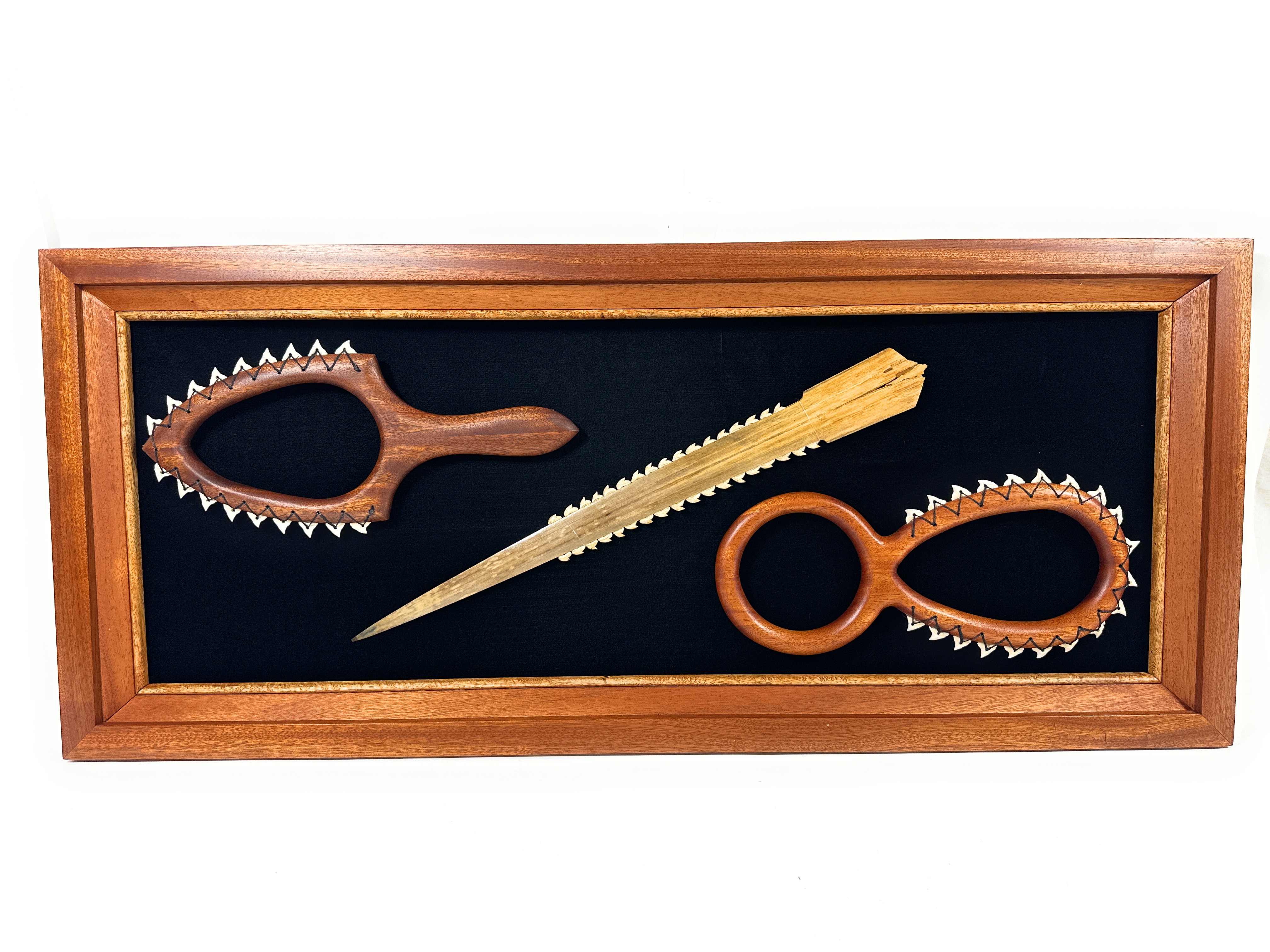
These clubs, crafted from koa wood and shark teeth, narrate tales of age-old battles and tribal customs. They also exhibit the expertise of Polynesian artisans.
But where can one find authentic Hawaiian shark tooth clubs? Hawaiian war clubs
This manual will assist you in exploring the realm of these intriguing relics. We'll delve into their past and significance. Furthermore, we'll discuss the different types that exist, like the paddle club and the lei o mano.
We'll also provide tips on how to identify genuine pieces and where to purchase them.
Whether you collect items, study history, or just enjoy Polynesian culture, this guide will be a helpful resource. Let's embark on this journey to discover the world of authentic Polynesian war clubs.
Understanding Polynesian War Clubs
Decorative war clubs have a profound cultural significance. They were not just tools of war but symbols of power and spiritual strength. Historically, these clubs played a pivotal role in tribal conflicts, serving as both weapons and official pieces.
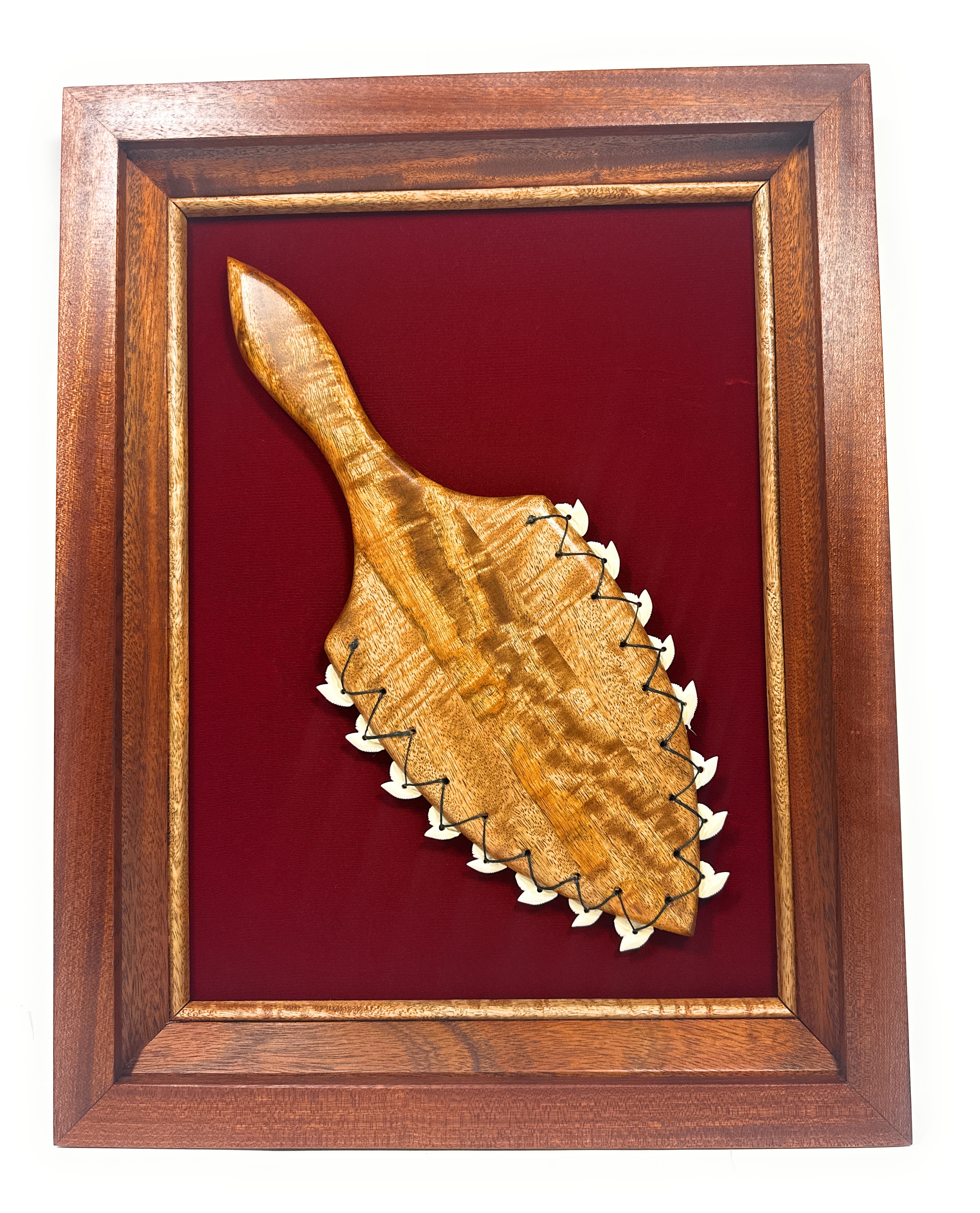
Each type of Polynesian war club has its own unique history. People often used the paddle club, named for its shape, in warfare and ceremonies, symbolizing authority.
The lei o mano has sharp shark teeth. It shows the skill of Polynesian warriors. Designers created such clubs for menacing as well as combat.
The shark tooth war club is distinctive because of its exceptional design. Craftsmen carefully make it with shark teeth in Hawaiian weapons. This shows the skill and creativity of Polynesian craftsmen. This club was more than just a weapon; it symbolized seafaring expertise and flexibility.
Understanding these variations reveals the diversity of Polynesian war culture. Collectors and enthusiasts can appreciate the artistry and the cultural stories each club tells. From combat strategy to leadership and status, these clubs carry meanings that resonate deeply within the Polynesian islands. Recognizing their significance helps in truly appreciating these historical artifacts.
The Art of validity: Identifying Genuine War Clubs
Identifying authentic Polynesian war clubs requires an understanding of traditional materials and craftsmanship. Craftsmen often crafted genuine shark tooth clubs and koa spears from durable native woods like koa. People prize this wood for its strength and beautiful grain, which gives each piece a distinct aesthetic and durability. The use of native materials is a key factor in distinguishing authentic clubs from replicas.
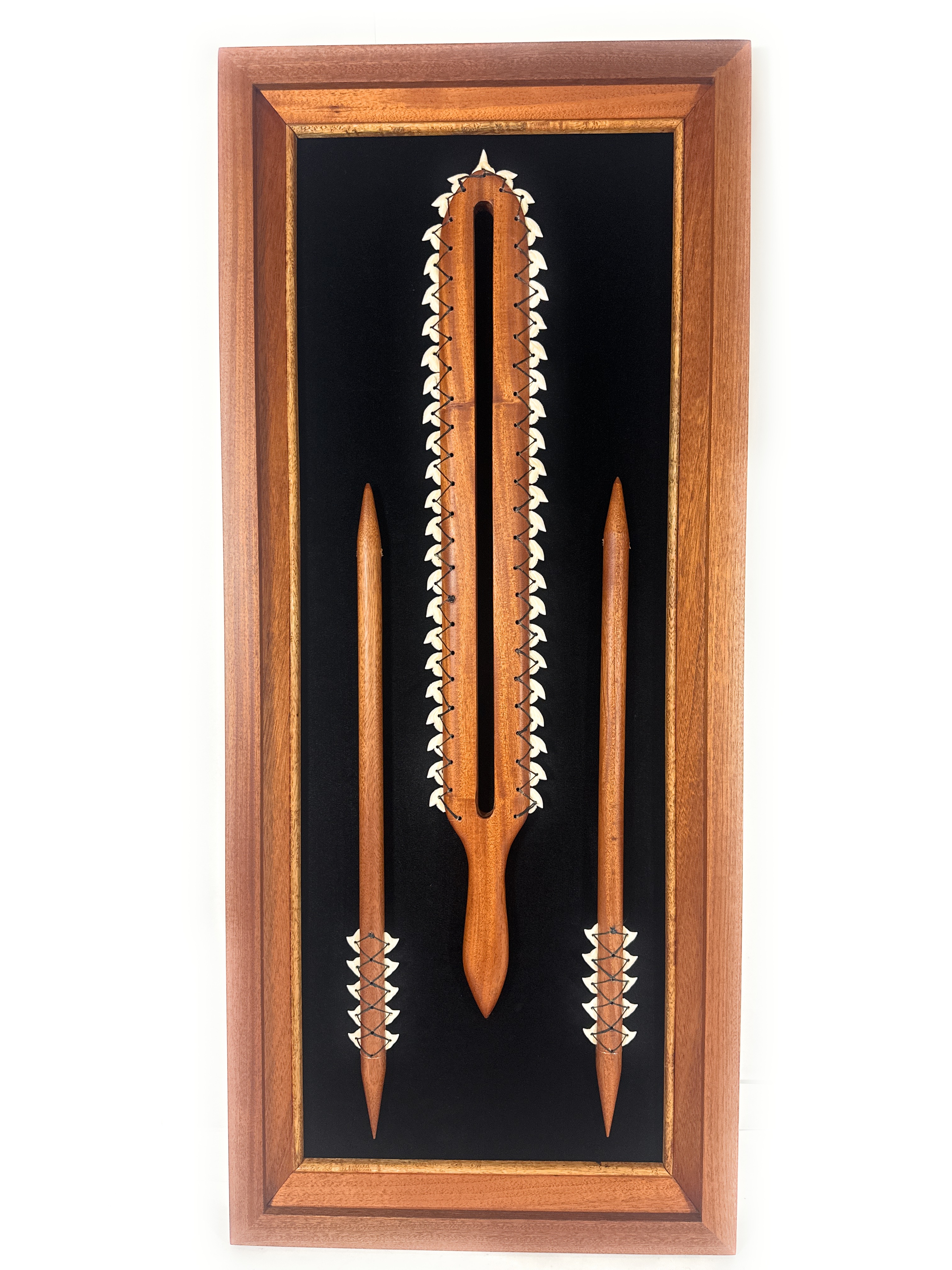
Craftsmanship is another essential component. Authentic war clubs display meticulous artisanship, often featuring intricate carvings and detailed motifs. These carvings not only add beauty but also convey cultural narratives and tribal affiliations. A true artisan’s skill is evident in the balance, symmetry, and functionality of the war club.
To distinguish genuine pieces from replicas, collectors should look for specific signs. Authentic clubs will often have:
- Natural aged patina on the wood
- Fine, detailed carvings and motifs
- Evidence of traditional binding techniques
- Consistent grain and sturdy feel
Replicas may lack these features, displaying overly smooth finishes or inconsistent detailing. They might not use traditional materials, which can affect weight and balance. The absence of genuine age marks, like wear from past ritual or combat use, often hints at false claims.
Where to Purchase Authentic Polynesian War Clubs
Finding authentic Polynesian war clubs can be a rewarding quest. The journey often begins with online marketplaces and auctions. Platforms like eBay and specialized auction sites offer rare finds.
Connecting directly with cultural festivals and events can yield significant opportunities. These venues often showcase traditional crafts and weaponry. They also provide an engaging way to learn about Polynesian culture firsthand.
Visitors may encounter artisans who create and sell authentic pieces. These interactions can ensure that purchases support indigenous craftspeople.
Museums and cultural institutions are excellent sources for finding authentic traditional weapons. Many museums have gift shops that sell reproductions made by local artisans. These pieces may not be ancient, but artisans crafted them in the traditional manner. Buying from reputable institutions often ensures quality and rightfulness.
Several places offer valuable opportunities to find genuine clubs:
- Online Marketplaces: Websites like eBay, but verify genuineness.
- Cultural Festivals: Local events that feature indigenous artisans.
- Museums: Institutions that support traditional craftsmanship.
Collectors can also consider private dealers who specialize in Polynesian artifacts. These dealers often have access to rare pieces not publicly available. Relationships with trusted dealers can provide insight into the market and emerging trends. However, ensure the dealer's reputation is well-vetted before making any transactions.
Another unique option is attending auctions that focus on tribal and indigenous art. These events may feature items from private collections, offering unique. Auctions provide a competitive environment where prices can reflect a war club's true value. This method requires understanding the auction process and sometimes, making swift decisions.
In conclusion, there are various avenues for acquiring authentic Polynesian war clubs. Each source presents unique advantages and challenges. Conducting informed research helps collectors make confident and culturally respectful purchases.
The Importance of Provenance
When acquiring authentic Polynesian war clubs, provenance is key. A well-documented history can greatly increase an item's value and veracity. Provenance tells the story of an artifact—where it has been and who owned it. This history helps distinguish genuine items from replicas and reproductions.
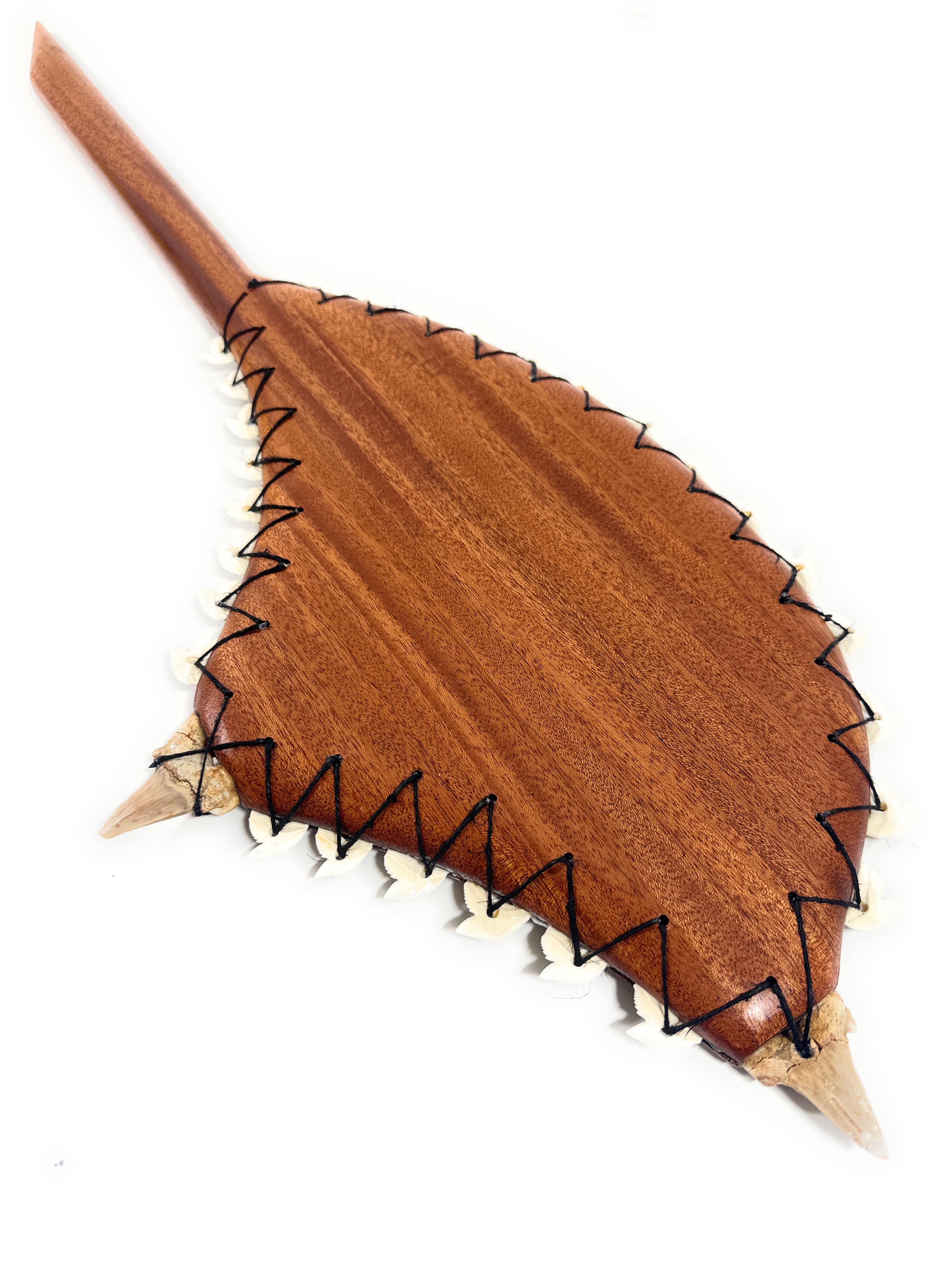
Documents such as certificates of legality and ownership records are crucial. These provide reassurance about a war club’s origins and its journey through time. Collectors should prioritize pieces with clear documentation.
Knowing the lineage of a piece adds to its cultural and historical richness. Provenance not only boosts the value but also preserves its story for future generations.
Experts play a vital role in the process of originality. Consulting with historians and specialists in Polynesian artifacts can offer invaluable insights. They can help interpret the finer details of provenance documents and verify their validity. Engaging with experts reduces the risks associated with misplaced or counterfeit pieces.
Caring for Your Polynesian War Club
Proper care and maintenance are crucial for preserving the beauty and integrity of a Polynesian war club. Regular dusting prevents dirt buildup, which can affect the wood and carvings. Use a soft, dry cloth to gently clean the surface, avoiding any harsh chemicals or water that might cause damage.
Temperature and humidity can impact the condition of the material. Avoid exposing your war club to direct sunlight, extreme temperatures, or damp environments. These conditions can lead to warping or cracking over time. Consider using a display case with controlled environmental settings to protect your collection.
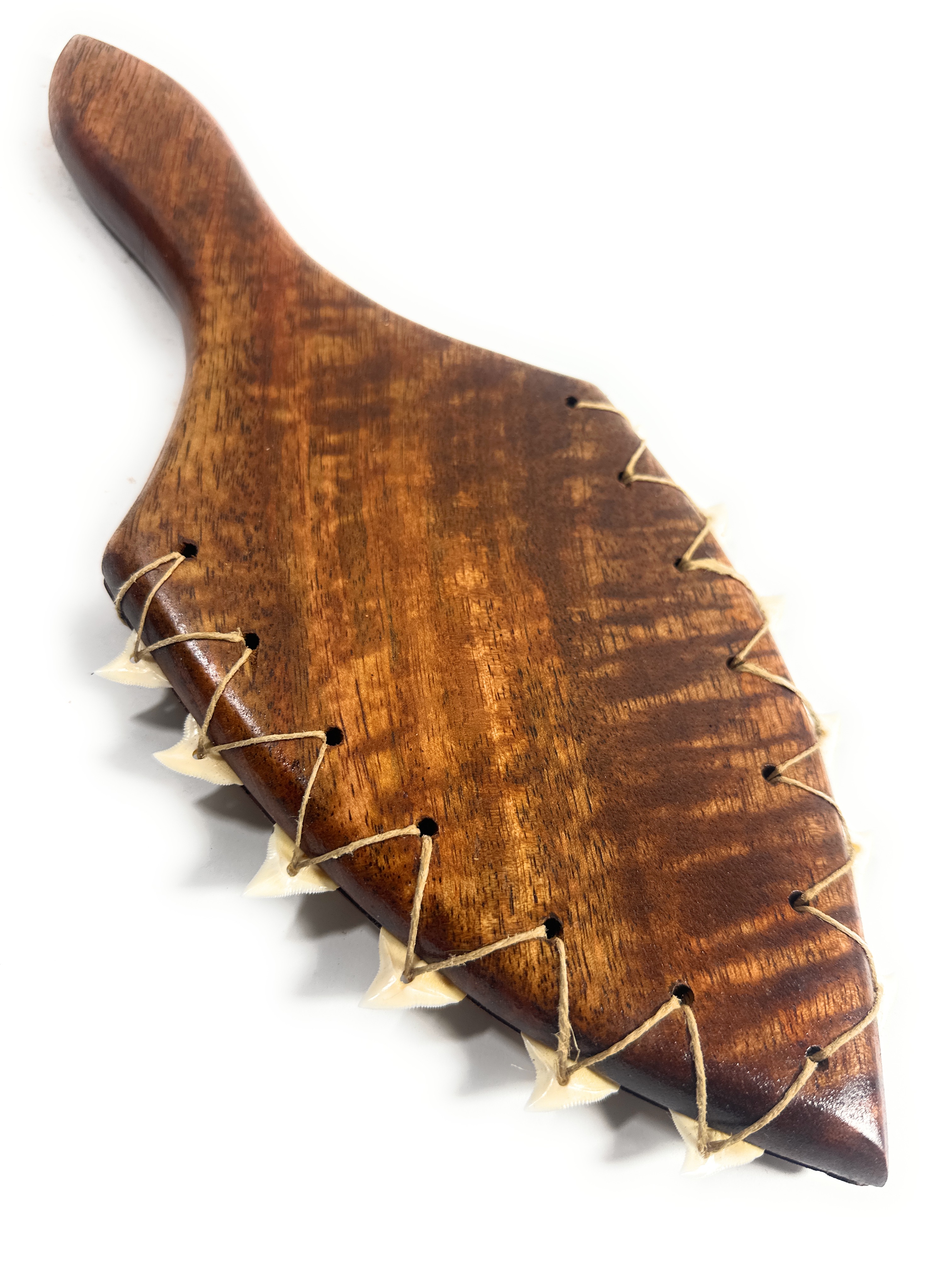
Owning a Polynesian war club also comes with ethical responsibilities. Respect the cultural significance of these artifacts and recognize their heritage value. Engage with local communities and discover the context in which people made and used these war clubs. This understanding fosters a respectful and informed ownership that honors the artifact's origins and cultural importance.
The Role of War Clubs in Polynesian Culture Today
Polynesian war clubs are more than historical artifacts; they hold a vital place in contemporary culture. People still use these clubs in traditional ceremonies, symbolizing strength and ancestral ties. They embody cultural pride and maintain connections to ancient traditions.
In contemporary society, war clubs influence Polynesian identity and artistic expression. Modern craftspeople draw inspiration from traditional designs, creating pieces that honor their heritage while including new elements. These artists balance preserving traditions with exploring creative evolution.
A variety of current artists and craftsmen continue to produce these remarkable objects. Their work often includes:
- Replicating ancient styles using indigenous materials.
- Innovating with modern techniques and aesthetics.
- Participating in cultural festivals and exhibitions worldwide.
Supporting these artisans ensures the future of their craft and reinforces cultural heritage preservation. Celebrating their work brings awareness to the significance of war clubs in both historical and modern contexts. This awareness fosters a deeper appreciation for the skilled craftsmanship and cultural stories these artifacts convey.
Legal and Ethical Considerations
Possessing genuine Polynesian war clubs requires comprehension of certain legal aspects. Rules concerning cultural relics can differ across regions. It's important to know the local possession laws. This helps you follow the rules correctly.
Cultural sensitivity is vital when collecting Polynesian war clubs. Respectful acquisition reflects an understanding of their cultural significance. These items are more than decorative pieces; they are integral to the heritage of the communities that created them.
Ethical considerations extend to the manner of acquiring these artifacts. Engage with reputable sources and support indigenous artisans.
Respect the origin and history of each piece. Acknowledge their cultural stories and the importance these stories have for the communities involved. Awareness of these considerations aids in preserving the integrity and respect for Polynesian cultural heritage.
Conclusion: The Legacy of Polynesian War Clubs
Polynesian war clubs are more than historical artifacts; they are vivid expressions of a rich cultural heritage. Preserving these war clubs safeguards not only the physical items but also the stories and traditions they embody. They offer a tangible connection to Polynesian history and identity.
Encouraging responsible collecting practices plays a critical role in protecting the legacy of Polynesian war clubs. Collectors should seek authentic pieces with verifiable provenance and support ethical sources. This approach helps maintain the integrity of these important cultural symbols.
As you explore the world of Polynesian war clubs, remember their deeper significance. Each club tells a story, capturing a unique aspect of Polynesian culture. By appreciating them within their cultural context, we contribute to the ongoing preservation and respectful celebration of Polynesian heritage for future generations.











